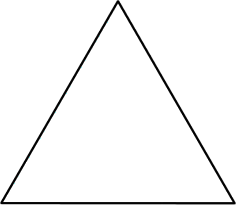24 JAN 2015 by ideonexus
 Astrochicken
Astrochicken
The basic idea of Astrochicken is that the spacecraft will be small and quick. I do not believe that a fruitful future for space science lies along the path we are now following, with space missions growing larger and larger and fewer and fewer and slower and slower as the decades go by. I propose a radical step in the direction of smallness and quickness. Astrochicken will weigh a kilogram instead of Voyager's ton, and it will travel from Earth into orbit around Uranus in two years instead ...Folksonomies: artificial intelligence space exploration
Folksonomies: artificial intelligence space exploration
08 JUN 2012 by ideonexus
 The Case for Robotic Space Exploration
The Case for Robotic Space Exploration
In a dispassionate comparison of the relative values of human and robotic spaceflight, the only surviving motivation for continuing human spaceflight is the ideology of adventure. But only a tiny number of Earth's six billion inhabitants are direct participants. For the rest of us, the adventure is vicarious and akin to that of watching a science fiction movie. At the end of the day, I ask myself whether the huge national commitment of technical talent to human spaceflight and the ever-presen...Only a tiny percentage of Earthlings get to go into space, for the rest of us it's a vicarious experience.
05 OCT 2011 by ideonexus
 The Waste of the Shuttle External Tanks
The Waste of the Shuttle External Tanks
But to grasp just how far our current mindset is from being able to attempt innovation on such a scale, consider the fate of the space shuttle’s external tanks [ETs]. Dwarfing the vehicle itself, the ET was the largest and most prominent feature of the space shuttle as it stood on the pad. It remained attached to the shuttle—or perhaps it makes as much sense to say that the shuttle remained attached to it—long after the two strap-on boosters had fallen away. The ET and the shuttle remai...The tanks were allowed to burn up in the atmosphere, but for a slightly increased investment, they could have been left in orbit and used to build an even larger space station.




